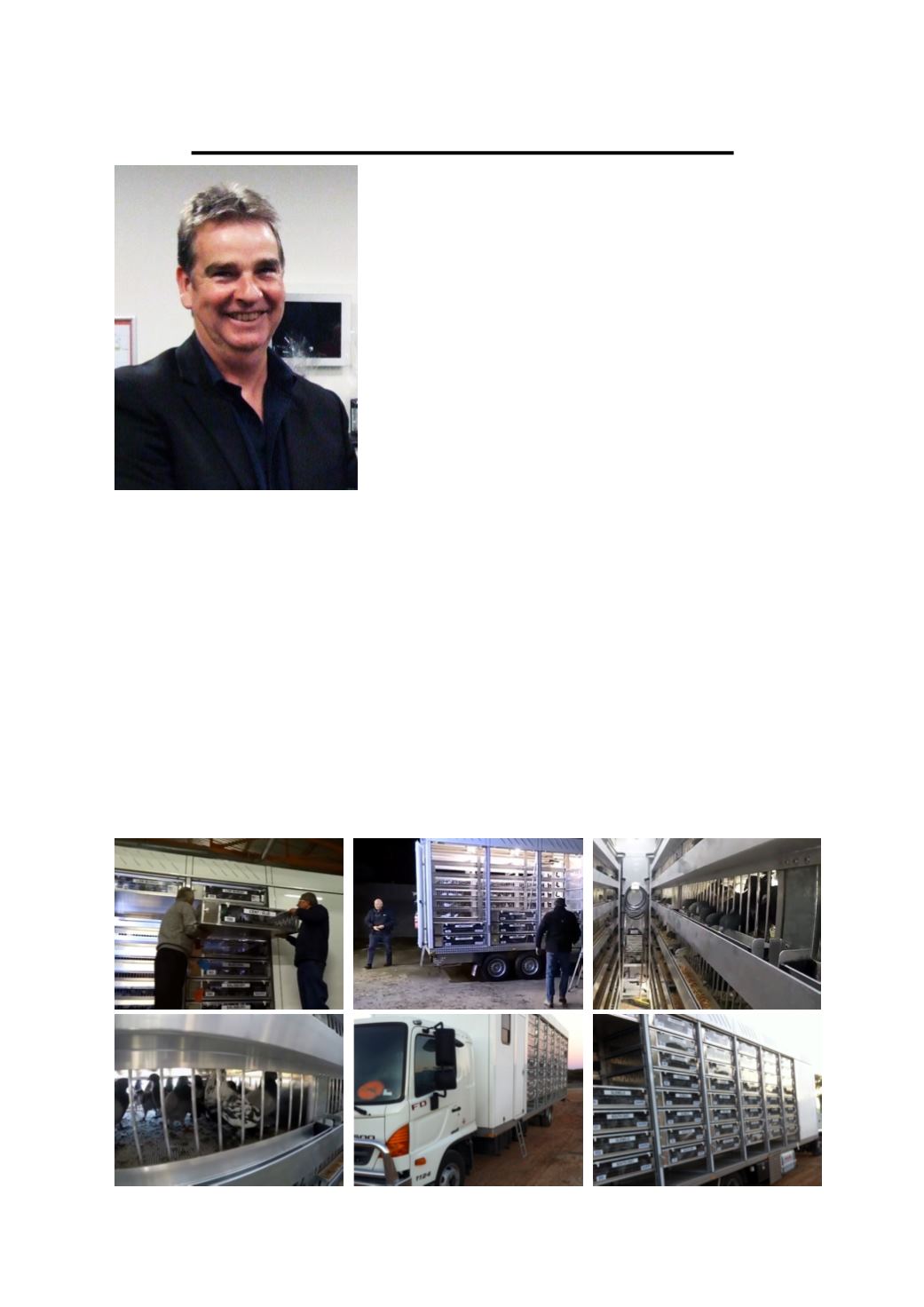

SAHPA 2016 Year Book Page 3
Chairman’s Report – 2016 Season
This year has been one of the most significant in the last
20 years for the association. The SAHPA Management
Committee has restructured how the SAHPA running
costs are funded to a model which will help sustain us for
the future. We have invested over a quarter million dollars
on a state of the art transporter.
The Management Committee analysed the costs of
running the association and increased the membership
subscriptions and purchase price of rings to cover the
fixed costs and then introduced a cheaper prepaid system
for pigeon race teams to cover the transport and racing
costs. Previously the association finances were dictated by
the total number of birds raced for the season as to
whether we made a surplus or loss, so some years when
the nominations were down, it caused significant losses.
The new funding model means we can avoid the
fluctuations.
We are all very proud of the new transporter, a new $110,000 Hino FD 500 truck and the
German custom built Geraldy Units that were shipped by sea from Hamburg port to
Adelaide. The main unit has the largest Liberator quarters ever built by Geraldy and includes
bunks, sink and stove to make sure we look after our driver and liberator. The capacity of the
main unit is 108 crates the trailer has 48 crates, which allows for a total of 5,460 birds for
races where they are transported overnight and 4,680 birds for races where birds are loaded
for two or more nights on the transporter. The new transporter has four thermostatically
operated fans which pump air through to each of the 108 crate bays. The new trailer also has
three thermostatically operated fans which pump air through to the 48 crate bays. The release
mechanism is an electronic switch on both units which rolls up the roller doors on both sides
of the units and releases each row starting at the bottom to avoid birds on higher levels
possibly contacting the birds on the lower levels which was the case when they were all
released at the same time. The loading of the Units is much faster, does not unsettle the birds
and involves less labour.
Gavin Harris (Chairman SAHPA)
















